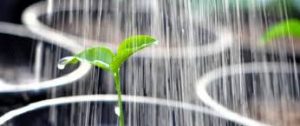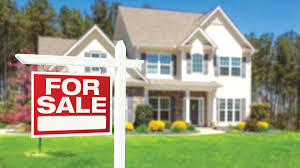The Gift of Slow Consumption
Thursday, March 28th, 2013As I write this, Superstorm Sandy has just blasted the northeastern U.S. and parts of Canada, leaving death and large-scale destruction in its wake. While the storm’s memory doesn’t lend feelings of warmth for the holiday season, it certainly does show us how an act of nature can abruptly halt life as we know it.

If any good comes from such a catastrophe, it’s that it reminds us of what’s really important: family, friends, sustainable food, clean water. As we enter the season of giving, it’s these basics of life that should be upheld and honoured. Appreciating family and friends or the air we breathe shouldn’t inflict havoc on our world or our wallets. Why not consider a streamlined, minimalist approach to the holidays instead of the usual fanfare?
There are some real advantages to slowing or reducing how much we consume. Minimalism means less debt, which means less stress and hopefully better health and greater longevity. Living in this anxiety-free state allows you the mental space to focus on relationships, to appreciate works of art, to enjoy nature and to cultivate new endeavours and adventures that become memories you’ll cherish.
Whether you’re celebrating Chanukkah or Christmas this December, draw on Sandy as a reminder of how the stuff we accumulate and define ourselves by disappears in a flash. How important, really, is that collection of mid-century modern ceramics? How much room, time, money and energy does collecting take? When you close your eyes at night do your baubles bring you comfort, peace and the satisfaction of a life lived well?
Perhaps we’d be better off if we rethought our approach to buying. When purchasing gifts, do we buy things that will last? Do we consider well-designed, timeless items that are worth repairing as opposed to faddish, here-today, gone-tomorrow things that end up in the trash? It’s frightening to think of the toll this takes on our environment. Think about the energy it takes to make and distribute all this disposable stuff. We need to give more influence to well-made products that are durable and worth repairing.
While it’s important to examine our approach to the holidays and consumerism, there are times when your heart really wants to give. Perhaps an old client has recommended you to a new one. Or maybe you really appreciate the clockwork delivery service of your neighbourhood newspaper girl. Yes, there are times when only a present will do.
Try to green up your gift buying this season. Make sure you read labels, look for organic or fair-trade certification, ask where the item came from and where it was made. If no source is given, it’s probably best to pass on it.
While a home-made sock puppet may not appeal to the 16-year-old on your list, there are green gift options that teens and adult recipients will enjoy.
Environmental, wildlife and conservation organizations offer memberships which, in some instances, allow entry to nature reserves so this is a great idea for the bird lover or wildlife enthusiast on your list. Memberships may also come with a magazine subscription packed with environmental info.
There are numerous websites that allow you to purchase great green gifts. Try www.etsy.com for handmade, vintage items or visit www.wwf.org and click on the WWF store for unique, animal-themed gift ideas. At www.planetfriendly.net/gifts.html you’ll get good recommendations for eco-friendly gifts that you can purchase online and in person.
Consider making a donation in the gift receiver’s name to a cause that’s near and dear to their heart.
Your time is a profound gift. Offer to baby sit, pet sit or house sit. Draw up a certificate that promises something you can lend your expertise to – help someone create a pot of soup, plan a garden or assist with financial planning.
As you rejoice with family and friends this holiday season, be grateful for the company of people you care about. That message is simple and sparing, I know. Remember it’s often less that is so much more. Merry Christmas and Happy Chanukkah!
The National Association of Green Agents and Brokers (NAGAB) provide a Greenbroker and Greenagent certification program to Realtors across Canada. To get more information or to sign up for a course, visit www.nagab.org. Elden Freeman M.E.S., AGB, broker is the founder and executive director of the non-profit organization. 1-877-524-9494 Email elden@nagab.org.







